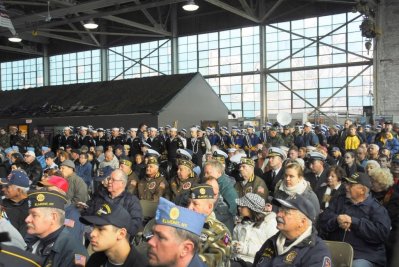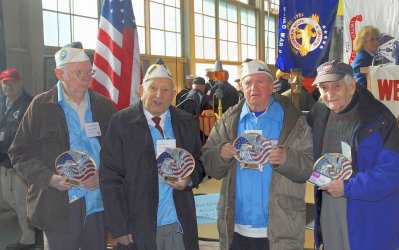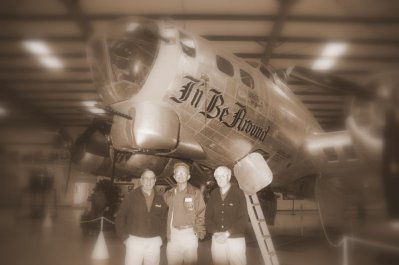I've never seen an incident regarding flat spins with the Caravelle, so I tried to look it up. I can't see any reference to it but would be interested to learn...
Anyway, being the world's first successful passenger jet, the Caravelle started to get imitators. One of the first to follow was the British BAC 1-11. Similar design criteria were used, but a higher 'T' tail was selected. Unfortunately this design showed problems with "deep stall" in high attack angles, since the tail surfaces would be enveloped in wing wash turbulence. So, the leading edges of the wing were re-shaped and "stick shakers" were added to the controls to help the pilots recognize oncoming problems.
Initially popular (American Airlines liked them enough to buy 30 of them) production never posed a great threat to other jets. BAC 1-11 production lasted through the early 80's, then Rumania bought the rights to the design and built a few more copies into the 1990s as re ROMBAC 1-11.
Not being content to have France and England have all the fun, Germany decided to get into the game around the same time and started to offer the Fokker F28. Built in collaboration with Short Brothers from Northern Ireland, this was a slightly smaller airliner that was first announced in 1962.
Looking to share the market, Douglas introduced the DC-9 in 1965. Knowing that Boeing was competing in the same market with it's three engined 727, Douglas designed a slightly smaller twin, using some knowledge gained from a two year contract with SUD and their Caravelle. Really popular as a shorter range jet, the DC-9 grew over the years and evolved into the MD-80, the MD-90 and after Douglas merged with Boeing was still built as the Boeing 717 up 'till 2006, giving it a very long production run.
A modern example of the twin rear engine/T tail airplane may be found in the current Bombardier CRJ series. Developed in the 90's, over 800 of this series have been delivered and it is still in production:
 View attachment 366571
View attachment 366571 
 View attachment 366571
View attachment 366571 





























